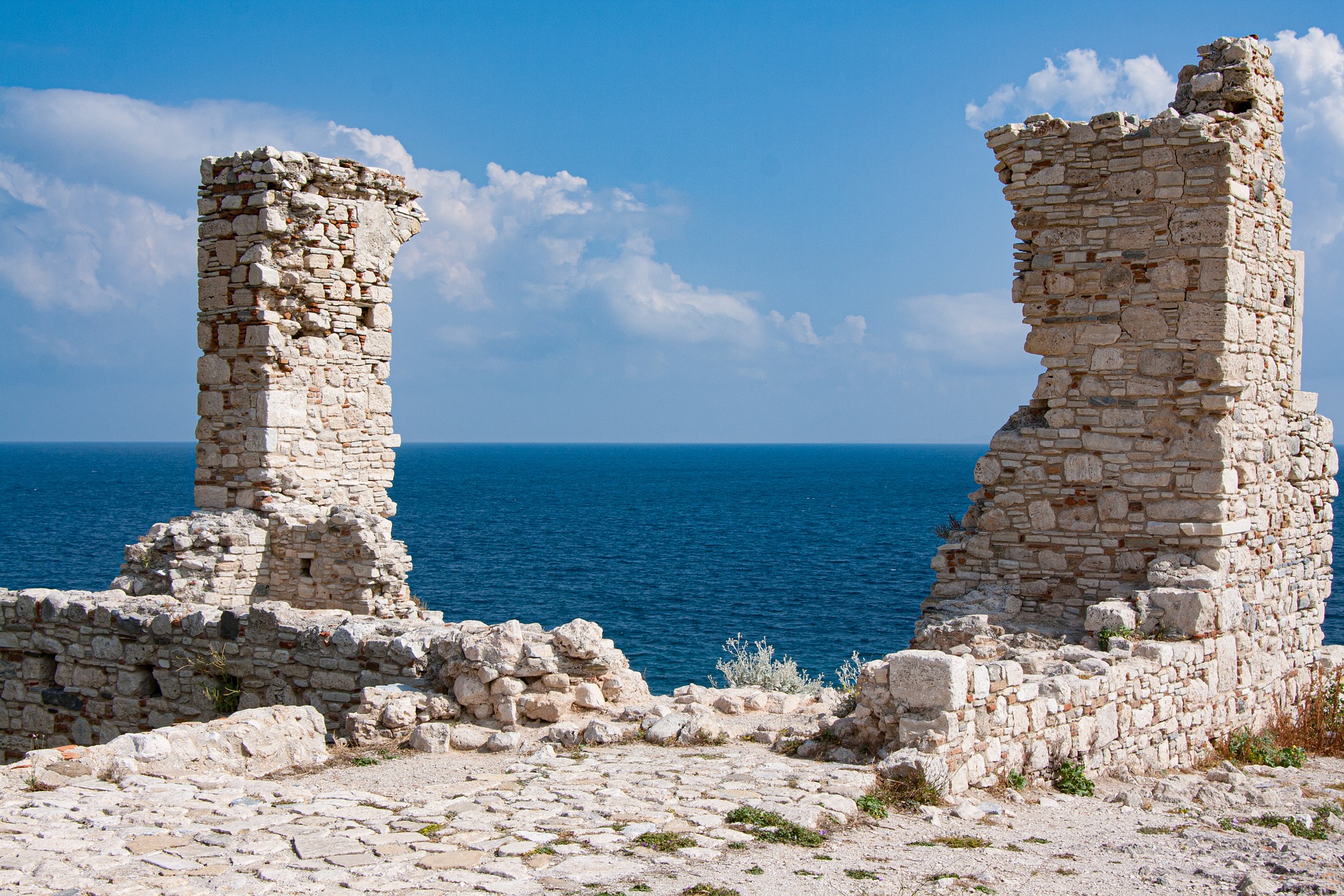“The Earthquake Was So Strong, And It Was Very Long:” The 2020 Aegean Sea Earthquake

The geologic story of the Mediterranean is seismic. Tectonic or volcanic, earthquakes abound. A look at any seismic monitoring page for the region will show a cacophany of tremors, most never felt. But every few years, sometimes more than once a year, stressed faults fail catastrophically, and the human toll is grim.
On October 30th, 2020, the 40 kilometer Samos Fault, just offshore from the Greek island of Samos, slipped at a depth of about 21 kilometers, unleashing a devastating earthquake that has been variously measured at M6.7, M6.9, and M7.0. The intensity reached VIII on the Mercalli scale. This was the largest magnitude the fault is capable of, and many witnesses said it’s one of the longest earthquakes they’ve experienced. One said the shaking lasted 25 seconds. That becomes an eternity when you’re trying to find safety.
Shaking was felt as far away as Athens, Crete, and Istanbul. Even seismic stations in Yellowstone recorded it.
Seismograph readings of the October 30, 2020 Aegean Sea earthquake taken from instruments in Yellowstone, Wyoming. Credit: James St. John (CC BY 2.0)
The depth, magnitude, and duration of this earthquake, combined with unreinforced masonry or poorly built structures, all added up to tragedy. Over a hundred people are dead, more than a thousand injured. Nine boats sank and more than twenty ran aground. Dozens of buildings were partially or completely destroyed in cities along Turkey’s Aegean coast. On Samos, 300 buildings, many of them unreinforced masonry structures built in the early 1900s, were severely damaged, and a church partially collapsed. Teenage sweethearts were crushed to death when a masonry wall collapsed on them. And thousands of people were left homeless during a pandemic.
This earthquake happened on an undersea normal fault. 1.8 meters of crust were displaced, and the upper edge of the fault rupture was only at a depth of 1.5 kilometers. Since motion on a normal fault is mostly vertical, and the quake was so shallow, this rupture caused a small tsunami that swept hundreds of meters inland in coastal towns on Samos and Turkey. Even the island of Kos, 100 kilometers to the south, experenced a half-meter sea rise. One person in Turkey died when the tsunami struck them, overturning their wheelchair. Damage from flooding is extensive along the coasts, and fish were seen swimming in the floodwaters inside a guesthouse in Sığacık, Turkey.
Shortly after the earthquake, scientists from the National and Kapodistrian University of Athens discovered that Samos had been permanently elevated by 18-25 centimeters. The uplift is particularly visible along the shoreline. That’s an incredible amount of change, geologically speaking, and it happened in just seconds.
This was the deadliest earthquake of 2020 (so far – don’t put it past 2020 to lob an even worse one our way). It’s the first time Greece has suffered any earthquake casualties since the last time an earthquake struck the Aegean, back in 2017. And strong aftershocks will continue to rock the region for some time to come.
Rescue workers attempt to locate people trapped in a collapsed building in Turkey. Credit: Oğulcan Bakiler (VOA)
Unfortunately, it’s business as usual for the Aegean Sea. In the past century, there have been twenty-nine earthquakes of magnitude 6.0 or greater in the region. Samos has suffered eight earthquakes above M6.0 since the beginning of the 19th century, with a particularly devastating one in August of 1904. Seismic information gets sketchy prior to the 1800s, but scientists have found evidence for substantial earthquakes around 200 BC, 47 AD, and 1751 AD. But the worst was a quake in 1476 AD that so devastated the island that most of its inhabitants abandoned it.
All of this shaking is mostly due to the region’s tectonic setting. The Mediterranean, of which the Aegean Sea is a part, is a remnant of the Tethys Ocean. 50 million years ago, the African plate began converging on the Eurasian plate, and a wildly complicated jumble of subduction zones, transform faults, extensional faulting, crustal shortening and stretching, and microplates has resulted.
The Aegean microplate is one of those bits that are still attached to the Eurasian plate, but only just. As the Hellenic Trench migrates southward, the Aegean Sea region gets stretched and stressed. If the water were drained, you’d see horst and graben (“heap” and “ditch”) topography vividly revealed. As the crust stretches due to tectonic stresses, normal faults form. Blocks of crust on one side of the fault are raised relative to the other, so you get very distinct mountains (horsts) and valleys (grabens). You can see spectacular examples in the United States’ Basin and Range. Here in the Aegean, the wide grabens are below sea level, and the horsts form islands like Samos, which is now a taller horst than it was just last month!
The Mediterranean is a region of beautiful, terrible, complex, and often incredibly dangerous geology. We’ll be returning to its seismicity frequently during this series, and we’ll definitely be taking an extended field trip to Samos later on. We could spend lifetimes along this sea, and still only have read a few chapters of its extraordinary story.
References:
USGS: M 7.0 – 15 km NNE of Néon Karlovásion, Greece; Tectonic Summary
Volcano Discovery: The deadly magnitude 6.7 quake near Samos, Greece: tectonic background info
Temblor: What do we know 48 hours after the Samos earthquake? and Fault responsible for Samos earthquake identified

Rosetta Stones and Dana Hunter’s Unconformity wouldn’t be possible without you! If you like my content, there are many ways to show your support.
This website is a member of the Amazon Affiliates program. I get a small commission when you use my affiliate link to make a purchase.





